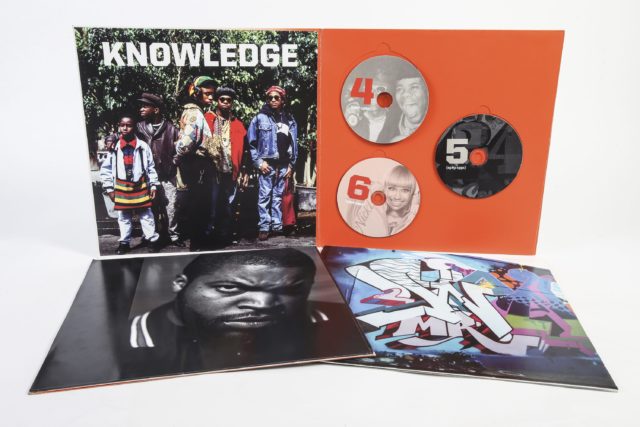The Smithsonian is documenting the rich history of hip-hop with The Smithsonian Anthology of Hip-Hop and Rap. The anthology aims to catalog that history by way of a gorgeous, 300-page collection of vintage rap visuals, along with nine CDs.
Director and curator of Smithsonian Folkways, Huib Schippers, explains that the original idea for the anthology dates back to the early 2000s, when the new National Museum of African American History and Culture opened.
“We formed an Executive Board of 10 luminaries: artists, industry leaders, music journalists and scholars, who in turn invited 50 experts put forward the tracks they thought were crucial in the development of hip-hop and rap,” Schippers explains of the intensive process.
“The tracks on the anthology, packaged together with the notes, essays, images and design, tell a story and will hopefully open the door for further discussion and exploration about hip-hop, it’s meaning and its cultural impact,” adds Dr. Dwandalyn Reece, Curator of Music and Performing Arts at the museum.
The Smithsonian Institute is currently running a Kickstarter campaign to help fund the initiative. You can participate here (until November 16) and get your hands on a copy. Read our full interview with Huib Schippers and Dr. Dwandalyn Reece below, in which we discuss the making of the anthology and its cultural significance, as well as an exclusive look at some of its pages.
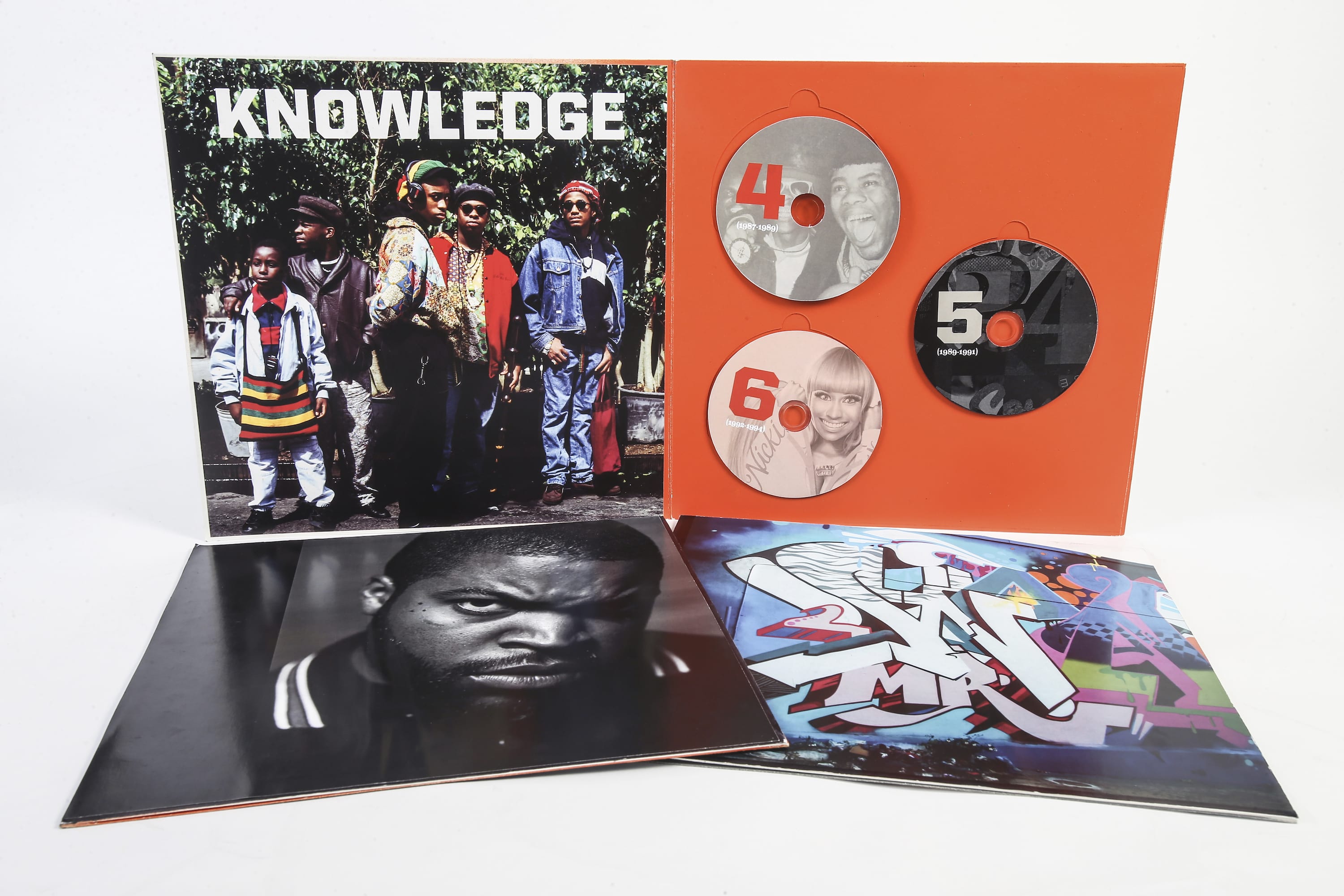
What first inspired the idea of the anthology?
Huib Schippers: The idea goes back to the early 2000s at Smithsonian Folkways Recordings, but it was only when the opening of the new National Museum of African American History and Culture came in sight that the two organizations got together and decided to collaborate on documenting the amazing story of the rise and development of hip-hop and rap for a Smithsonian anthology.
Dr. Dwandalyn Reece: The National Museum of African American History and Culture explores the African American experience from a variety of perspectives. The stories that capture where we are today are as important as the ones that show where we were yesterday. Hip-hop, the music, culture and the movement is very much part of the fabric of that story and is included in the museum’s collections, exhibitions, and programming. The partnership with Smithsonian Folkways to produce The Smithsonian Anthology of Hip-Hop and Rap is a natural outgrowth of the museum’s mission.
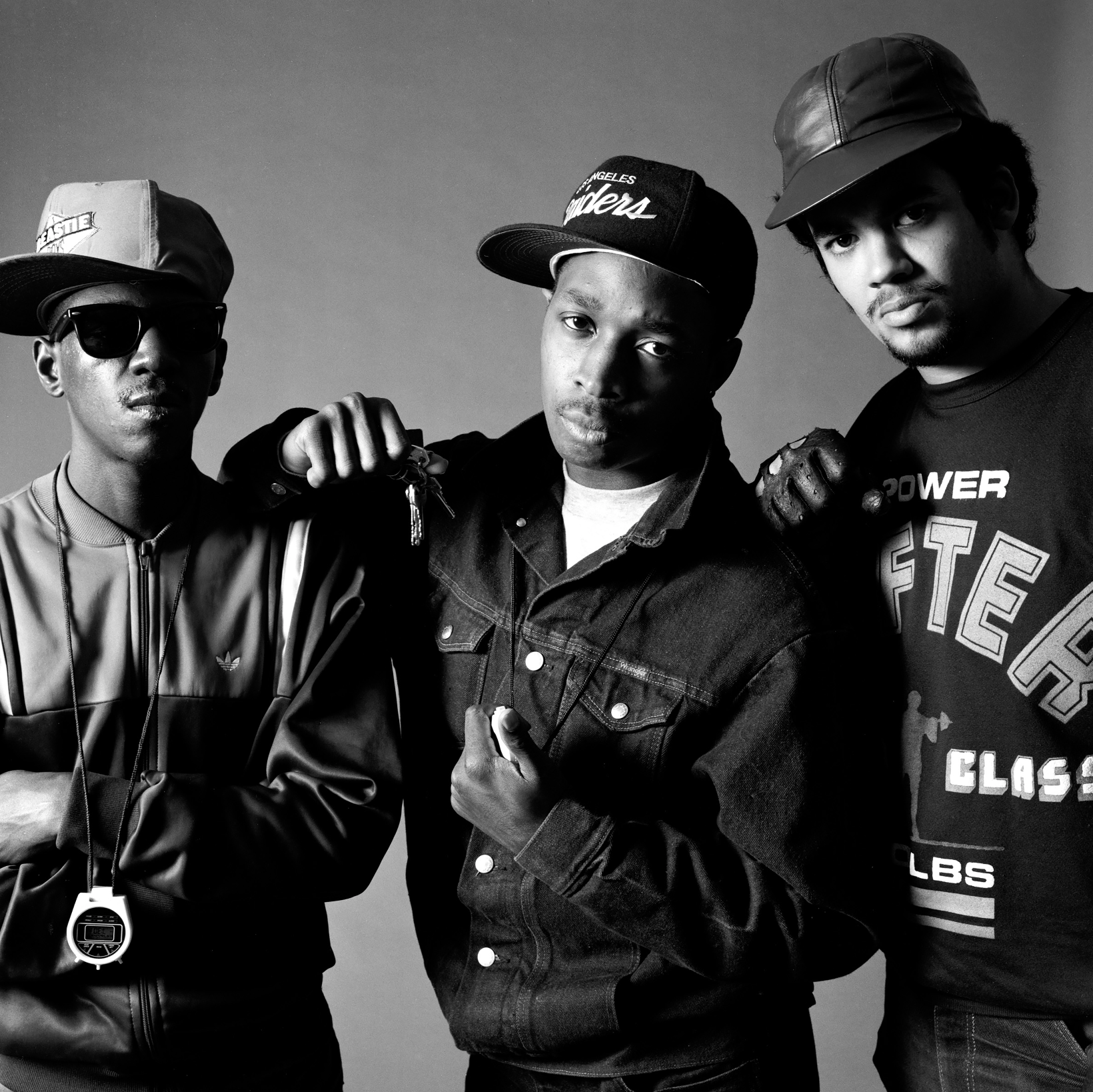
What have you found to be the most difficult part of choosing what pieces of music and history to anthologize?
HS: No single person can and should decide what pieces of music and history of hip-hop and rap belong in an anthology. That’s why we formed an Executive Board of 10 luminaries: artists, industry leaders, music journalists and scholars, who in turn invited 50 experts put forward the tracks they thought were crucial in the development of hip-hop and rap. Next came the process of bringing down a list of 900 songs to just over 120, which took a lot of animated debate. We’re very proud of how the tracks and the extensive liner notes now tell the story of hip-hop and rap from the late 1970s to earlier in this decade, interspersed with themed essays digging deeper into themes that emerged during our discussions.
DR: Defining the process of selection in terms of inclusion and exclusion doesn’t capture the spirit of what we’re trying to accomplish. The most difficult thing about this process—and it’s the same issue that comes up when you’re developing an exhibition or writing a book—is deciding what elements will best illustrate a story you’re trying to tell. The tracks on the anthology, packaged together with the notes, essays, images and design, tell a story and will hopefully open the door for further discussion and exploration about hip-hop, it’s meaning and its cultural impact.
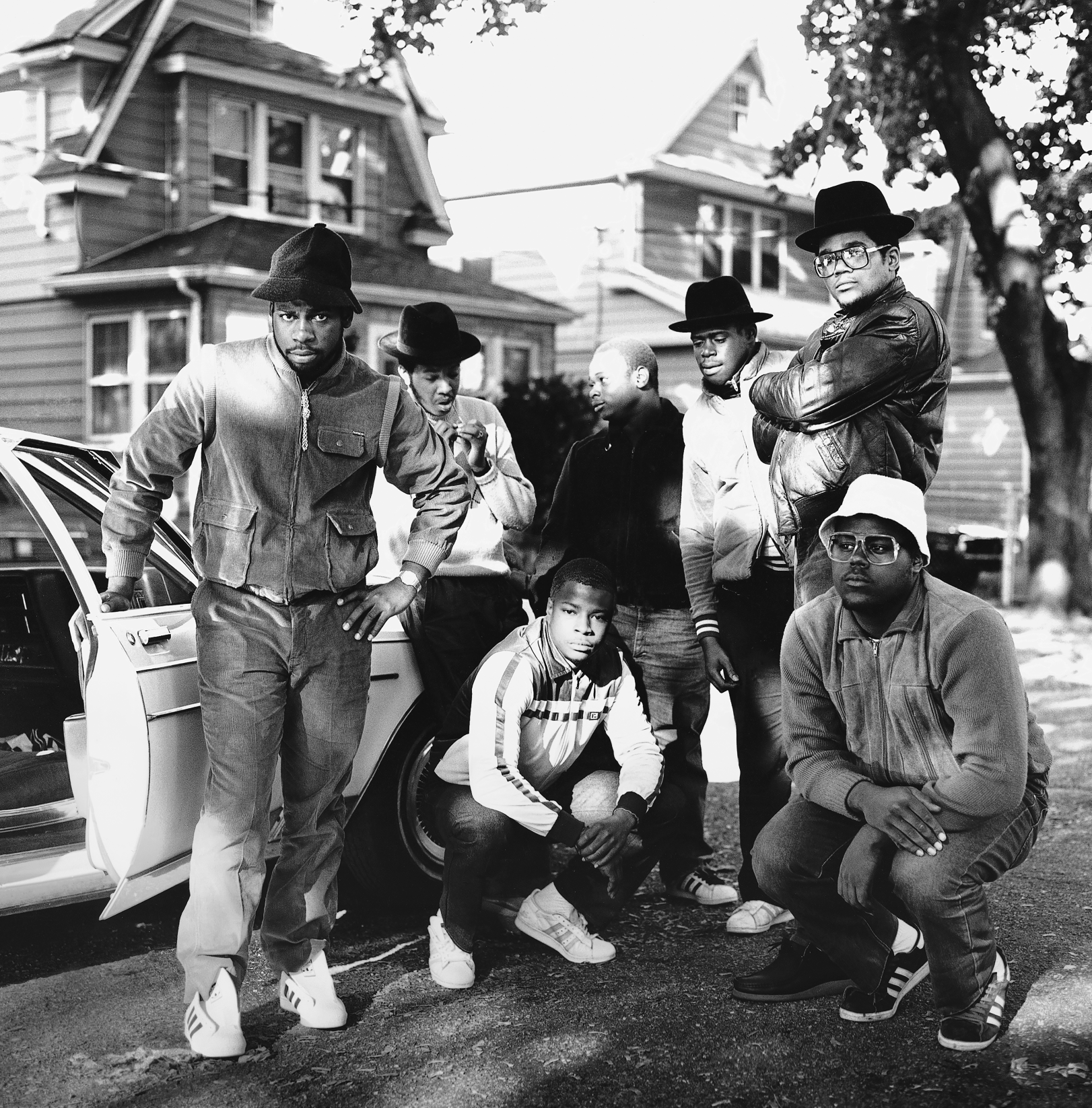
Which contributor were you most excited to work with?
DR: What I most appreciate about working on this anthology is the collaboration with members of the hip-hop community. Everyone involved with it has been extremely generous with sharing their time, knowledge and experiences. This anthology would certainly not be possible without their involvement.
HS: That’s a question that is impossible to answer, but certainly our work with Cey Adams, Founding Creative Director of Def Jam, who will design the box set and the 300-page book, continues to be a highlight of the collaboration. He has been fully engaged with the project and its progress from day one.
WE HOPE TO tell an amazing story of a culture that came into being in the South Bronx, a part of the US that people had pretty much given up on, and which came to dominate the popular imagination for decades after
Which piece in the anthology means the most to you?
HS: We have tried to make the anthology an organic whole, with music, words and images complementing each other to tell the story of hip-hop and rap, and reflect the breadth of hip-hop culture. So we’d have to say that the piece we like most is the whole.
DR: Music has the power to engage us in multiple ways, and hip-hop is a perfect example of that power. They can stand on their own. But what happens when you start to explore the music in its social and cultural context? What are the messages the artists trying to get across? How does that reflect who they are individually? How does it reflect society? And how has the music continued in the tradition of African American music as an incubator of musical revolutions, empowerment and social change?
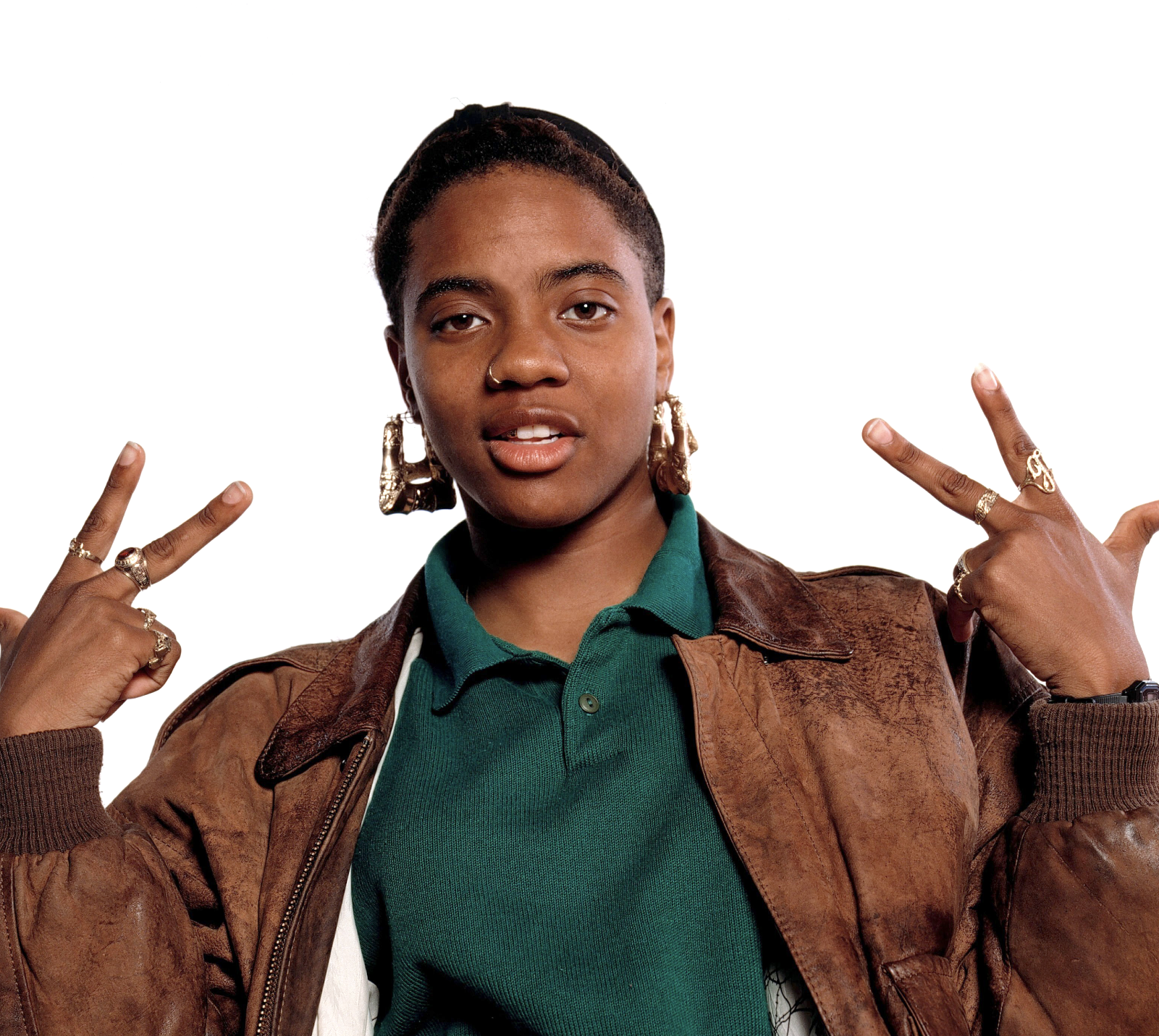
Were there any pieces that you love that didn’t make the cut?
HS: There were many pieces that sadly did not make it because of the boundaries we had to set for number of tracks and texts and images to keep the box affordable. Then, in the next stage, it became clear that a good number of tracks couldn’t be licensed because of legal complications.
DR: Sure, and the reasons varied. However, each track helps illustrate a particular moment in time, musical innovation or important theme and will lead listeners to engage with numerous other tracks that address a similar point of view.
Anything surprising or playfully controversial about some of the selections?
HS: We deliberately did not set out to create the ‘greatest hits’ of hip-hop. So listeners may find some tracks surprising; we chose those to illustrate an important aspect of the culture that otherwise might go unnoticed.
DR: I’m sure there will be many discussions about the track list; it’s natural for any project like this one. The tracks on the anthology are just one piece of the pie. The notes and essays will do a lot to put each selection into context and will illustrate why it was selected.
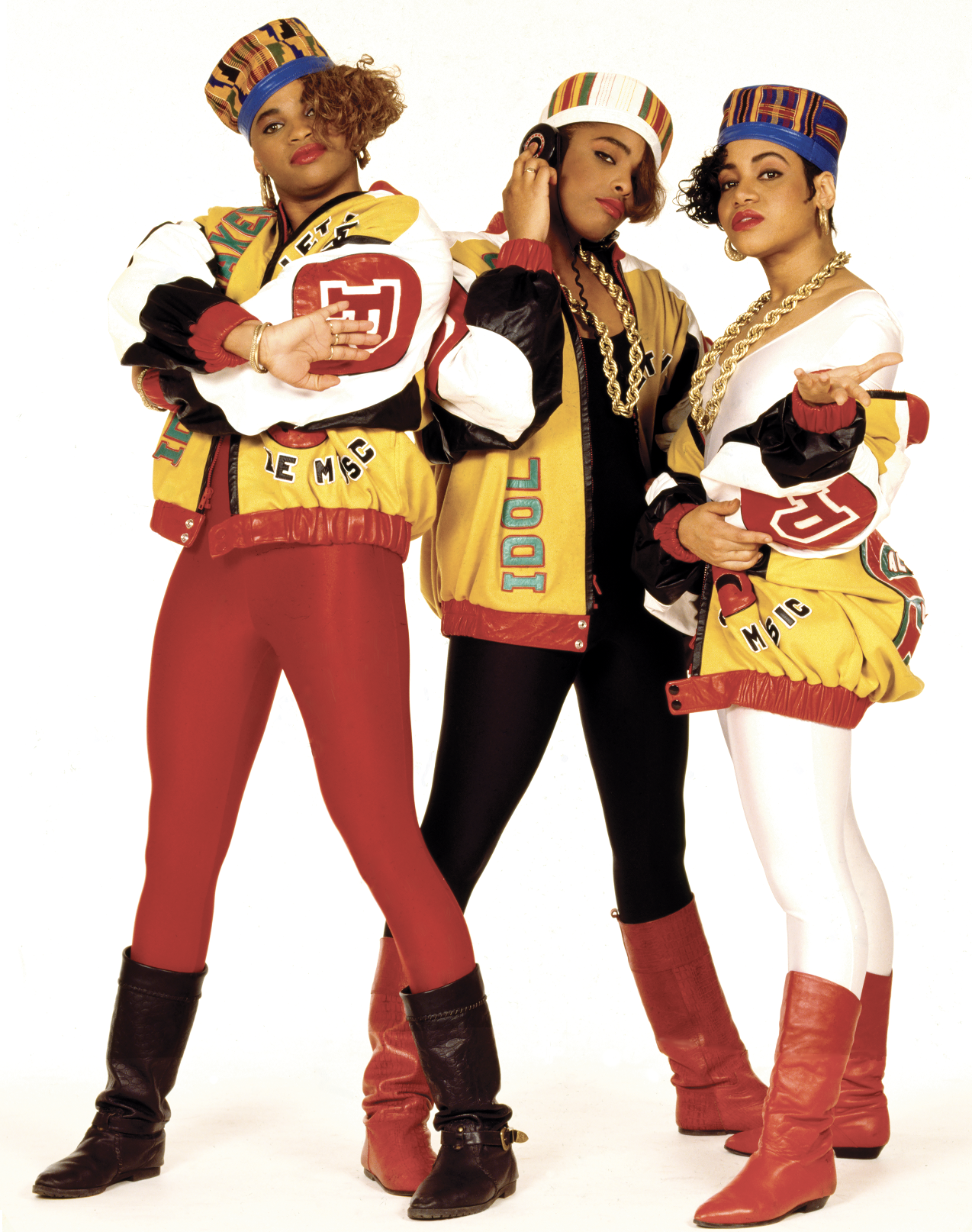
What does the anthology hope to accomplish both in the scope of the genre and as a greater cultural piece?
HS: What we hope to do with this anthology is to tell an amazing story of a culture that came into being in the South Bronx, a part of the US that people had pretty much given up on, and which came to dominate the popular imagination for decades after, now perhaps more than ever before. It’s an African American success story, but we also do not avoid addressing controversies. For Smithsonian Folkways Recordings, it is a logical continuation of documenting and anthologizing great American music, as we have done for folk music and jazz over the past decades.
DR: Like any musical genre, hip-hop is a varied, complex art form that cannot be narrowed down to one style or message. The Smithsonian Anthology of Hip-Hop and Rap captures this multitude of perspectives and explores the genre’s musical innovations and cultural and social impact. For the National Museum of African American History and Culture, the anthology represents an opportunity to explore hip-hop through the lens of the African American experience and how its story has shaped and informed American history and culture over the last forty years.
HR: Finally, it would be good to stress that the Kickstarter is not only a way to express enthusiasm and support for the project, but also the only way to pre-order the entire eight-pound box set at production cost; the retail price will be much higher. Just over one week to take advantage of that.
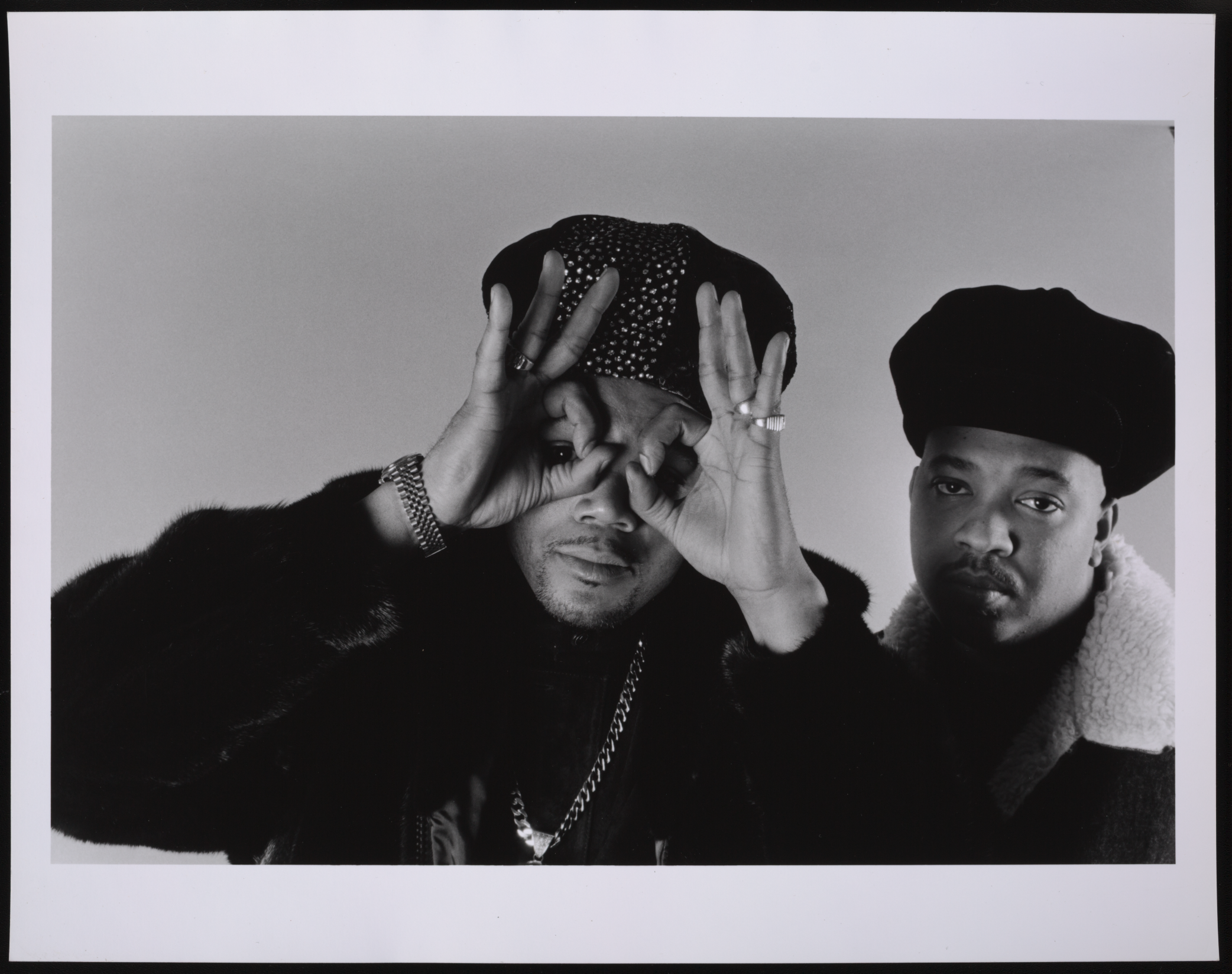
The Kickstarter campaign closes on November 16th, and you can participate here.



















